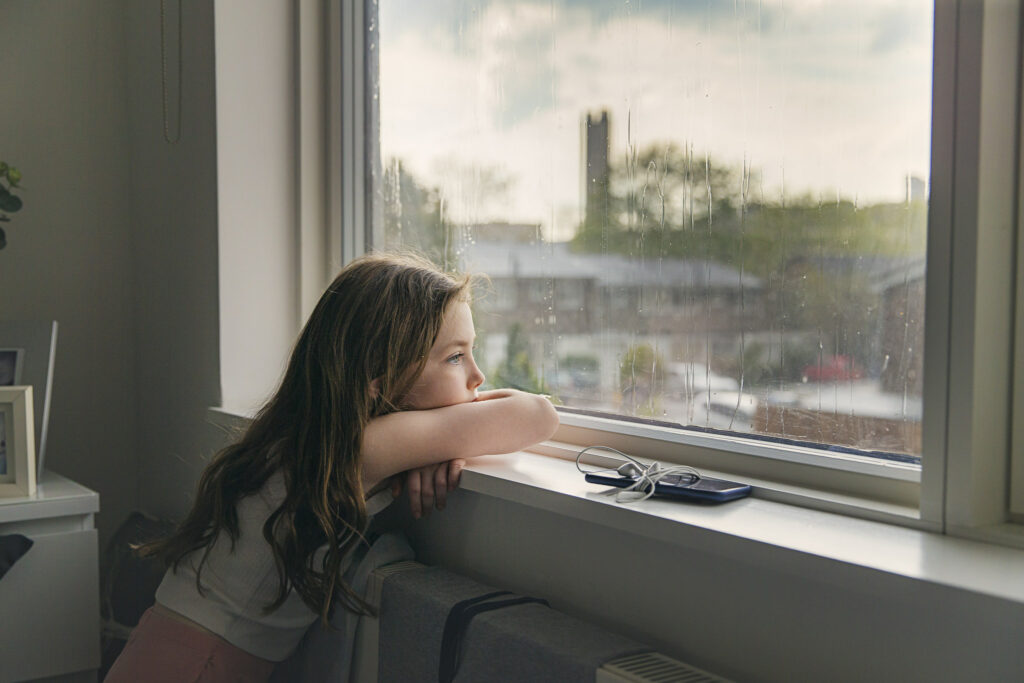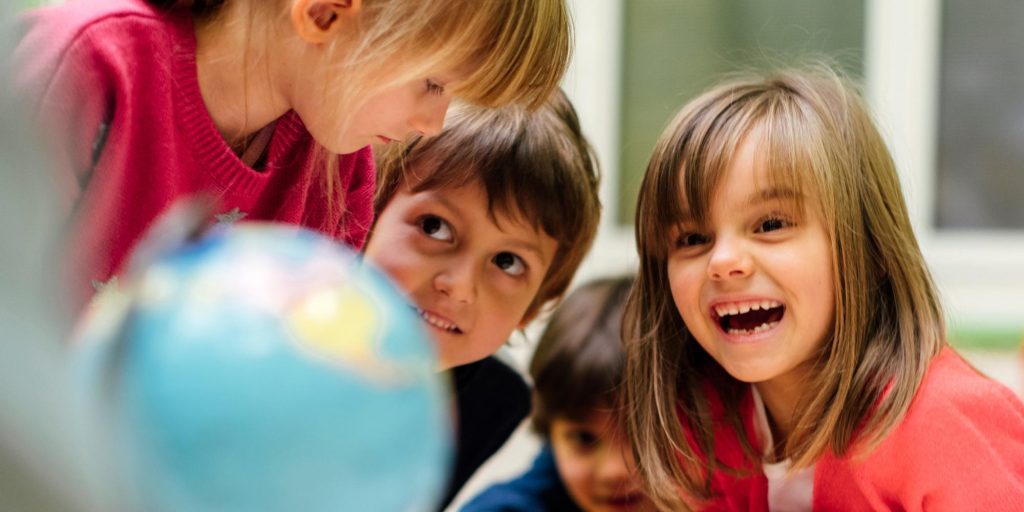23 Nov 2022 | Articles
What does the epidemic of anxiety in children want to tell us about education and society?
How many health tests does the child normally undergo? Already in the womb, sophisticated tests can determine if she is a carrier of any genetic syndrome; newcomer to the world, the “little foot test” is done, which detects a wide variety of diseases; and, later, further examinations are recommended to check for possible motor, vision, hearing or speech difficulties. Children are tested preventively or in the face of the slightest problem in their development.
Recently, we became aware of yet another challenge: early anxiety has reached such a level of severity that the U.S. Preventive Services Task Force — a committee of experts that monitors and points out strategies against major chronic diseases — has recommended that, from the age of eight, all be screened for the disease, presenting or not symptoms. It is estimated that up to 30% of children are affected by severe anxiety symptoms.
This situation is unprecedented in the world: mass testing for the diagnosis of a psychological disorder. This can raise many questions: Are we living through an epidemic? Is anxiety transmissible? Why are the numbers growing so fast? What are the main causes of this phenomenon? How to face it?
It does not seem fair or sensible to locate the problem “within” children, such as personal deficits. Many speeches attempt to do this by describing a “snowflake generation,” “fragile,” “scattered and inattentive,” “that cannot cope with pressures and demands.” If nearly a third of children are affected by severe anxiety symptoms, can we talk about individual responsibilities, strengths, and weaknesses?
We feel, to a large extent, from what is socially available. Smaller families, with smaller support networks, in more limited living spaces, in unstable political-economic scenarios, with pandemics, wars, the climate emergency and the digital culture of overload and hyperstimulation, certainly prepare a favorable ground for anxiety. We need to put back into culture and history what came from culture and history.
Acknowledging this entails making adjustments, as the growing and debilitating anxiety among children must mean something about the airs that society as a whole has been breathing.
Changing the culture starts with changing education. We urgently need an education that responds to these challenges, privileging, in addition to traditional content, the acquisition of emotional skills. In this sense, social-emotional education is a set of knowledge and practices of pedagogy, psychology, neuroscience, philosophy and sociology that brings emotions to the classroom, teaching children and young people to talk about them to solve problems, to calm down, to cooperate and to coexist. In addition to a broad prevention strategy for many risk behaviors and psychological disorders, social-emotional education today represents the hope of a healthier and happier society.







